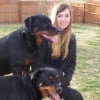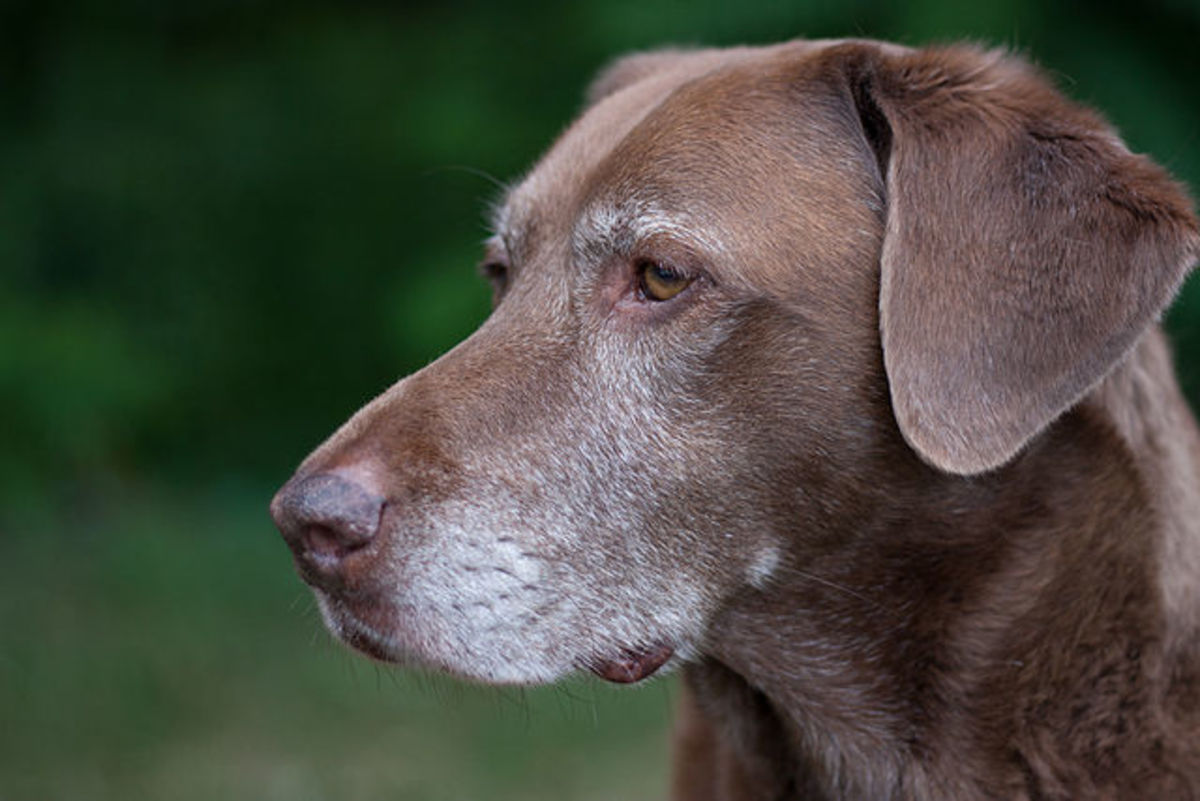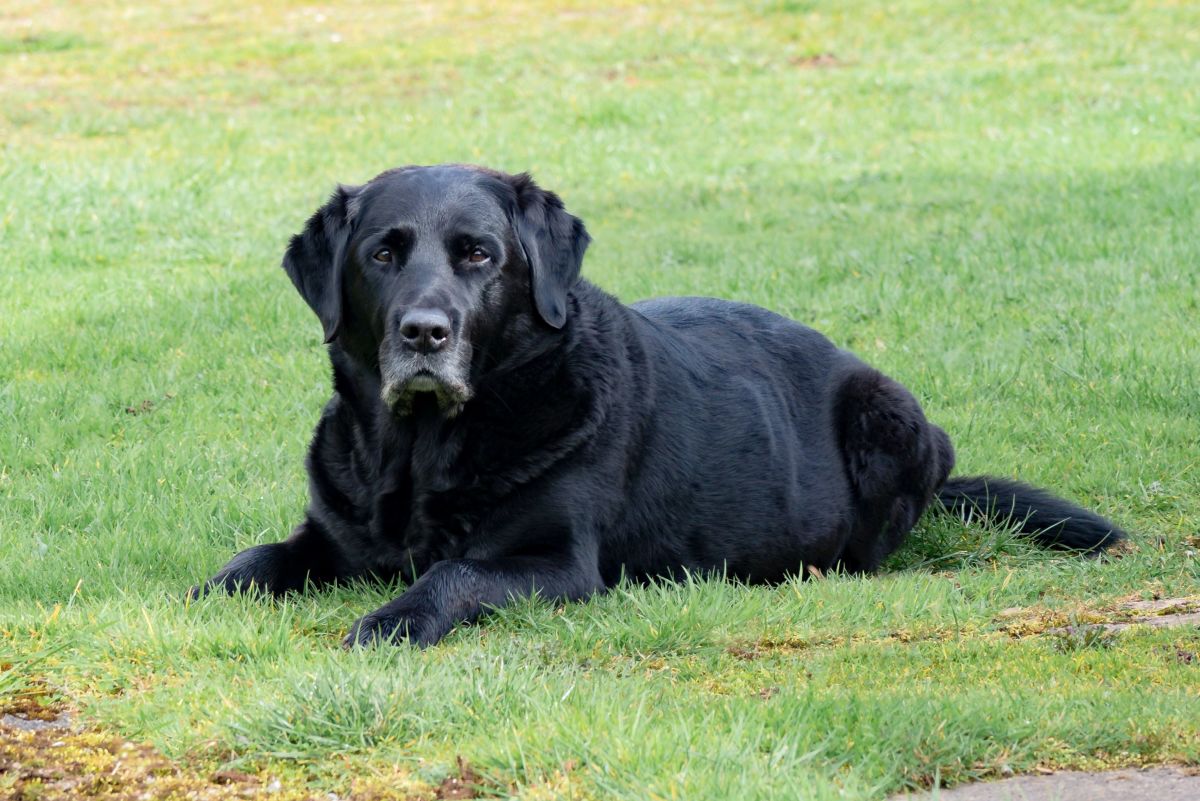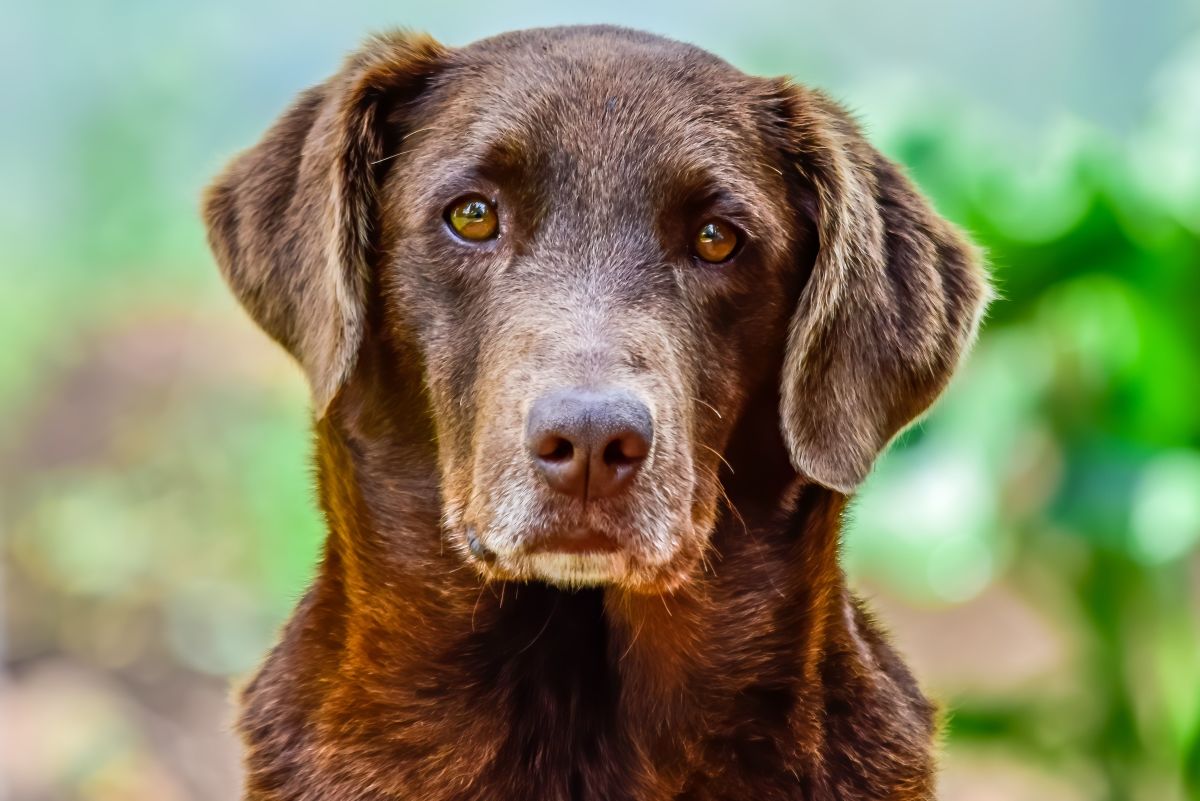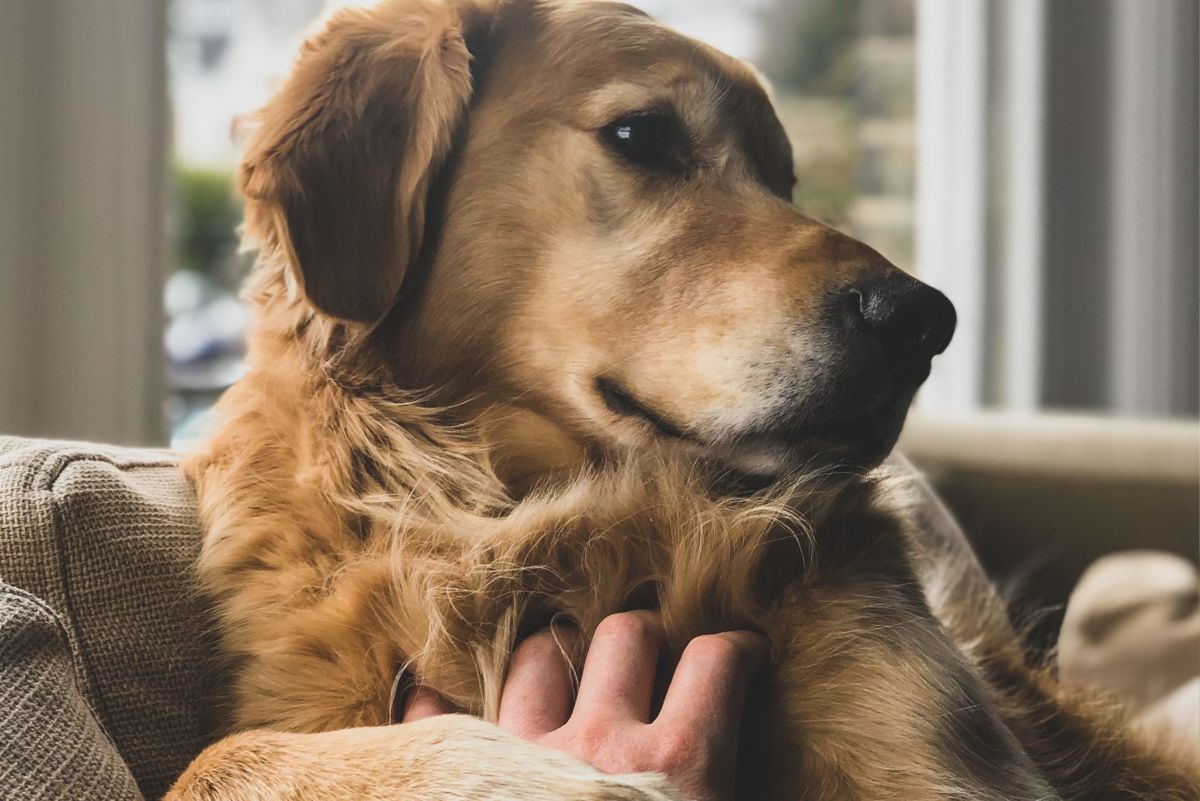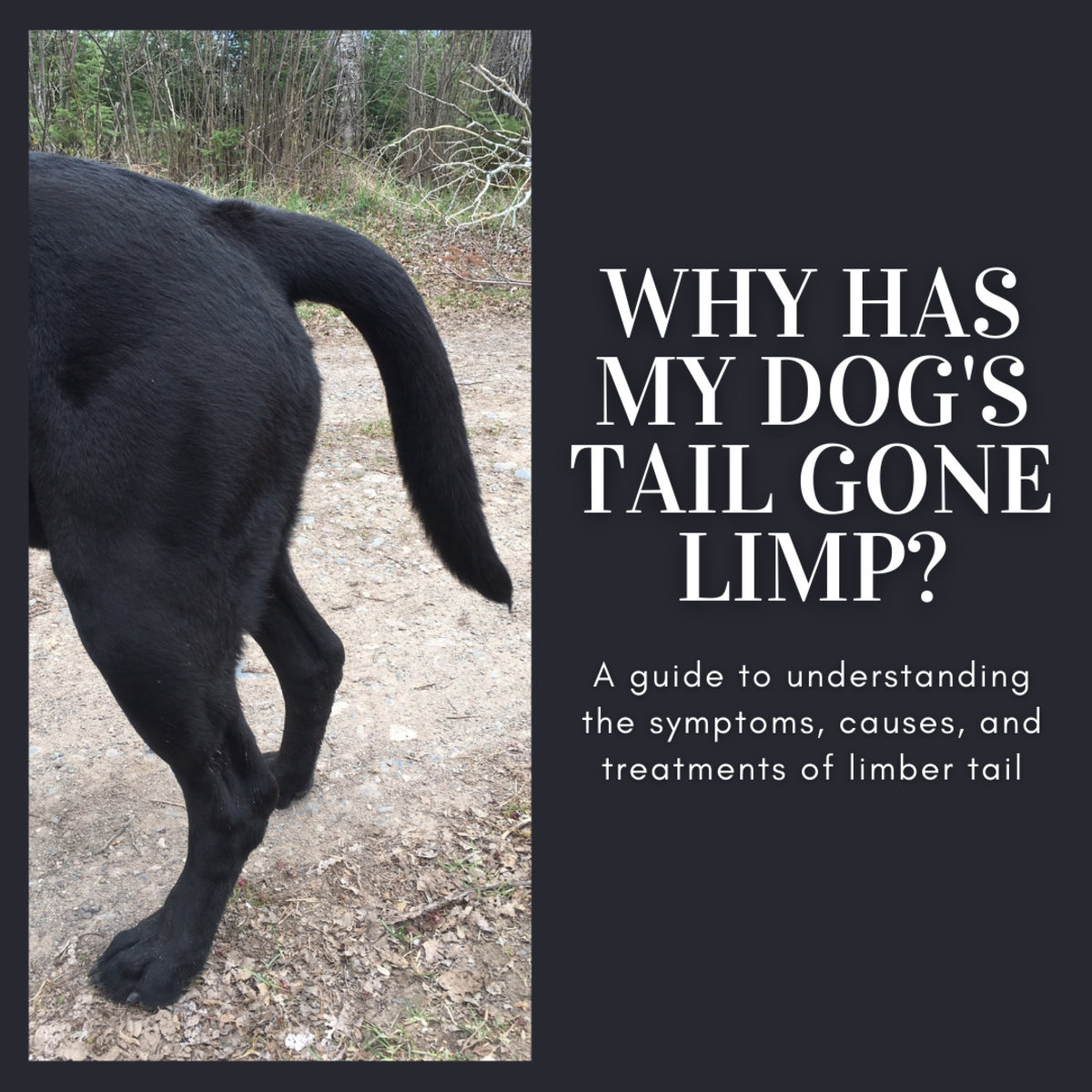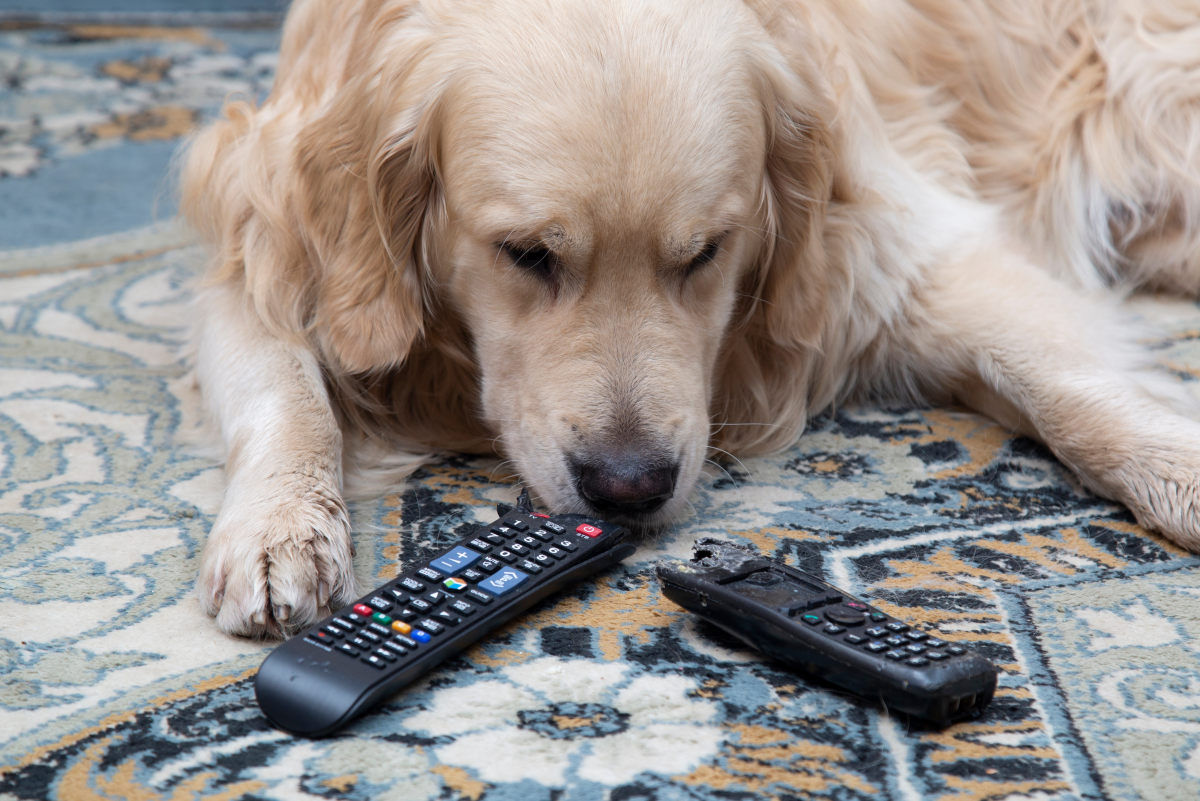How to feed an elderly dog
A general guide on how to feed geriatric dogs
Along with painful joints and a lower desire to move about, many elderly dogs may refuse food more often than usual. While this may be alarming for most owners, please keep in mind that as the dog ages, its metabolism slows down and generally their need for calories decreases. This means that you cannot feed an elderly dog the same amount you used to feed him when he was young. This is the main reason why we see so many obese elderly dogs. Below you will find various tips and guidelines about feeding your elderly dog:
1) Check his mouth
More often than not, elderly dogs have a certain extent of dental decay. This decay may be the cause of a dog suddenly refusing to eat his dry food. Because of the discomfort experienced upon chewing hard kibble, some dogs may take a mouthful of food and drop some kibbles here and there. Dogs suffering from dental decay also have a tendency to salivate and exhibit a foul mouth odor.
When a veterinarian is presented with an elderly dog that has become a finicky eater or has stopped eating, the first thing he or she will do is check the mouth. In many cases a dental cleaning and possibly extractions are suggested. If your elderly dog is in good health and his bloodwork results return negative, very likely the veterinarian will advise to have your dog put under anesthesia for a dental procedure. This is a routine procedure done succesfully even on senior dogs. Periodontal disease is known to cause inappetence, weight loss, mouth pain and even kidney or heart disorders.
Should your dog present some extent of periodontal disease, you can help by offering canned food or by moistening up his dry kibble by adding a bit of warm water or broth with no onion or garlic in it. This will decrease the amount of pain and hopefully your dog may be a bit less reluctant to eat.
2) Let's keep things moving
Elderly dogs are also prone to bouts of constipation. Just as in humas, their metabolism slows down and their bowel movements may be every other day rather than every day. In such cases, look for a dog food with fiber. Most dog foods made especially for senior dogs do have a good amount of fiber. Always add new foods gradually never feed a new food cold turkey. You can also help obstinate cases of constipation by adding 1-2 teaspoons of plain canned pumpkin (not the pie version with spices in it) in his food. He will enjoy it and the extra fiber will help things moving.
3) Provide H20
Elderly dogs need to drink a good amount of water. Entice your dog to drink by having always fresh bowls of water around the home. In some cases, having more than one water bowl around the house will remind him to drink. Water helps prevent constipation and dehydration. However, carefully watch for signs of increased drinking and increased urination which may indicate serious disorders such as kidney failure, Cushing's disease or diabetes.
4) Keep an eye on the scale
If your dog is obese, you want to reduce portions and allow some exercise. Senior dogs that are obese are prone to heart problems and respiratory problems. Not to add the extra strain posed on their joints. Ask your veterinarian about putting your dog on reduced calorie diet. Be aware though that what may seem like obesity to you may actually be a case of ascitis (accumulation of fluid in the abdomen) suggesting heart or liver failure. Always contact your vet if your dog appears to have a pendulous, pot bellied abdomen.
5) Are his ribs sticking out?
On the other hand, you want to report promptly to your vet a dog that is losing weight. As a general rule of thumb you want to weigh your senior dog at least once a month. If there is loss of weight have your dog screened for periodontal disease, kidney disease, heart disease and cancer. Always perceive weight loss as a red flag suggesting something may not be right.
6) Two is the ideal number
There are still myths that suggest that dogs must be fed once daily. Ideally, dogs must be fed at least twice, this particularly applies to senior dogs. Give one portion in the morning and one portion in the evening. Doing so, their stomach will digest much better rather than having one large, bulky meal all at once.
7) Check labels
Elderly dogs may need to be on a premium complete dog food or may require supplements. This is due to the fact that a senior dog's intestinal tract may reduce its ability to retain vitamins and
minerals. Look for anti-oxidants as they combat free radicals that speed up the aging process. Ask your veterinarian about adding anti-oxidants to your dog's diet if the dog food fed doesn't have them listed. Common anti-oxidants are vitamin E, C and co-enxyme Q.
8) Fishy pills
In dogs with arthritis you can consult with your vet about adding Glucosamine to your dog's diet. This supplement is very safe and effective in reducing joint pain. It is made from mussle shells so they smell very fishy! Of course dogs will eat this fishy pills right away! Glycoflex is a popular supplement often prescribed by veterinarians.
9) Go special
Some conditions that senior dogs suffer from may require a special diet. Hills has made various diets for various conditions, such as J/D standing for Joint Diet for pets with arthritis, A/D atanding for appetite diet for anorxeic dogs, B/D standing for brain diet for dogs with age related cognitive disfunctions, R/D standingfor reduced diet for obese dogs, K/D standing for kidney diet for dogs with kidney failure.
10) Make food enticing
Some senior dogs lose some sense of smell. Of course with this their appetite may as well go out of the window. Try to make their food enticing by adding a few carrots or string beans. You can also try microwaving some canned food to release some good scent. Adding a bit of warm broth (with no onion or garlic) to kibble may soften it up, appear more flavorful and provide some hydration at the same time.
As seen, feeding an elderly dog is a whole new story. With some extra care though, they may gain a few extra years and enjoy a good quality of life. Just as cars, regular tune ups and maintenance are the key for dogs living longer lives and even aging gracefully for many more years to come.
